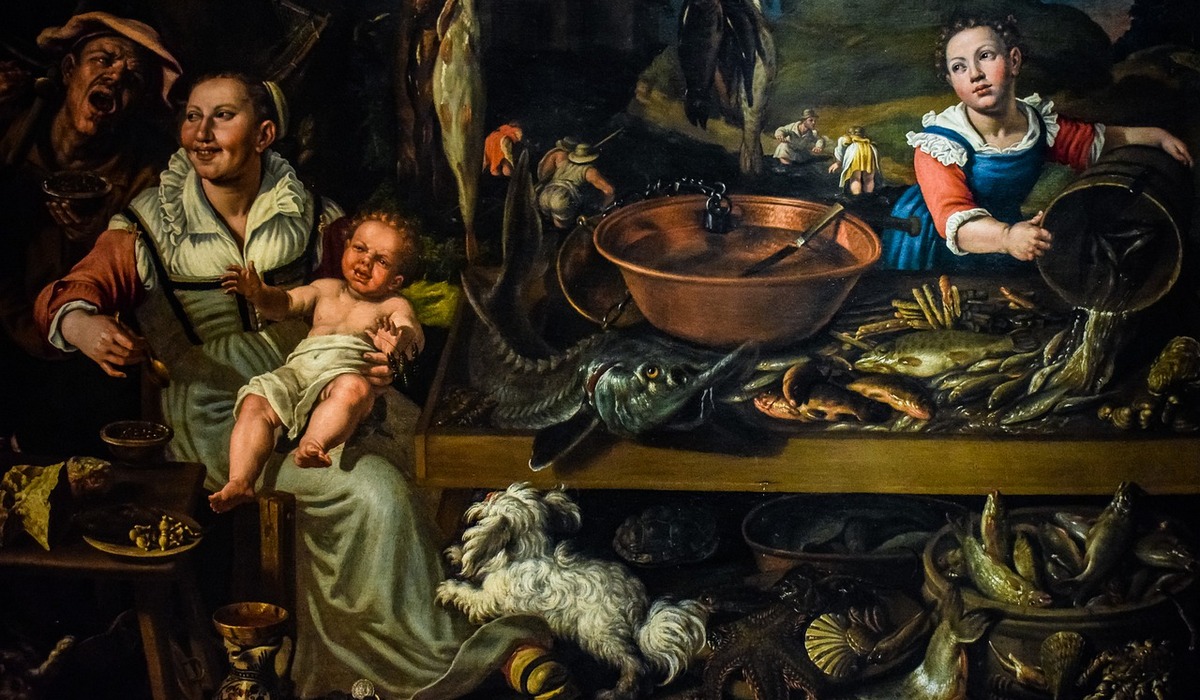
Jeans were already worn in the seventeenth century
Relatively recently found physical evidence that jeans were already ubiquitous in the XVII century.
The origin of denim is vague. At the home of this popular material today claim two cities: Italian Genoa and French Nimes. Both have good reason to do so. The family of hereditary weavers André of Nîmes has been producing strong cotton twill dyed with indigo dye for several generations – serge de Nîmes. This, some believe, is where the word “denim” – the English word for denim – came from. Genoese, in turn, argue that jeans for sailors and fishermen in their city have been sewn since the early XVI century. Although initially things were brown, at some point the producers switched to the color of indigo, and the fabric was called the Bleu de Genes (sensitive ear may catch a certain similarity with the word “jeans”).
From southern Europe (and Nîmes and Genoa are relatively close to each other) jeans spread throughout Europe, reached the inhabitants of the American continent. It is known that George Washington, the first U.S. president, personally visited the country’s largest cotton spinning mill in Beverly, Massachusetts, and was satisfied with its production jeans. The visit happened in 1789.
Jeans became popular with ordinary Americans in the Roaring Twenties when Levi Strauss mass-produced riveted jeans. In his ads, Strauss claimed that he made the first denim overalls in 1849 because prospectors “sickened” by the Gold Rush asked him to. The denim king was lying. In fact, his company didn’t start making denim overalls until the 1870s, after patenting his famous rivets.
Denim was known to be used to make clothes for laborers, peasants, and sailors. Denim clothes were tough – held their shape well – and lasted a long time. They were worn for years, left wet they did not rot, which was very liked then sailors. But precisely because jeans were worn by railroad workers, fishermen, loggers, and even street beggars, so little material evidence of them has come down to us. These people did not carefully put their clothes in a closet, from which they would later be retrieved by descendants or historians. Jeans, in fact, were worn until they fell apart altogether.
That is why paintings by an unknown Italian artist of the mid- to late seventeenth century, showing poor people wearing jeans, caused a real furore not only among art historians, but also in source studies.
Renaissance artists seldom used the poorest as subjects for their paintings. All the more rejoiced historians when they found denim on paintings formerly attributed to Velázquez, de Latour and Sverts. After it was found that all these paintings were painted by the same person, who unfortunately remained nameless, the author was nicknamed “The Denim Painter”.
Thus, in the history of denim entered a new page. A time of denim moved back at least two centuries.